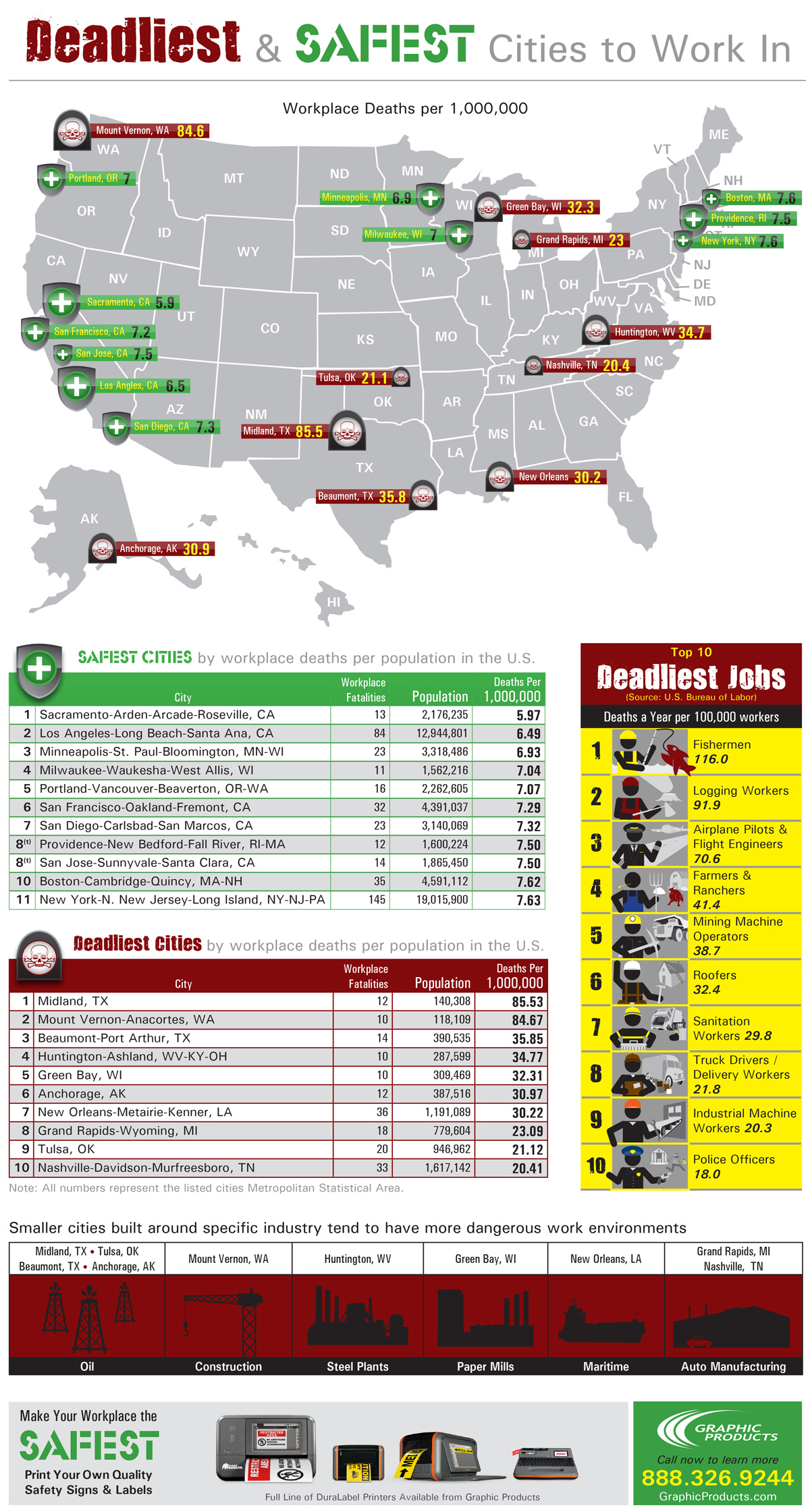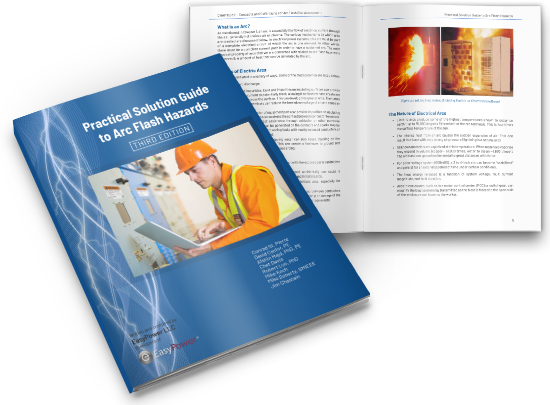- Home
- >
- Resources
- >
- Infographics
- >
- OSHA Safety Signs Infographic
OSHA Safety Signs Infographic

The Occupational Safety & Health Administration (OSHA) was established "to ensure employee safety and health in the United States by working with employers and employees to create better working environments."
OSHA continues to strive towards making the workplace as safe as possible-much of it through visual communication.
The following is a transcript of the Compliant OSHA Safety Signs Infographic:
How to Make a Clear and Compliant OSHA Safety Sign
OSHA and ANSI
What are the rules for safety signs? What's required?
Decades ago, OSHA created a rule for consistent safety signage in the workplace: 29 CFR 1910.145. This regulation describes types of signs for preventing accidents and injuries.
Originally, the rule referred to the approach used in an industry standard called ANSI Z53 (1967). Since then, that industry standard has been revised many times: the current version is ANSI/NEMA Z535 (2017).
OSHA lets employers follow newer editions of a referenced standard whenever that will provide equal or better protection for workers. Industry experts recommend keeping facility signs clear and up-to-date using this most recent standard.
Parts of a Safety Sign
A clear and consistent format is key to quick recognition and understanding.
- Signal Word Panel (Header)
- Safety Alert Symbol
- Signal Word
- Message Panel
- Message Text
- Symbol or Pictogram
Choosing a Sign Header
Is it a Hazardous Situation?
- If No: use a SAFETY or NOTICE header
- If Yes: Is there potential for an accident?
- If No: use a NOTICE header
- If Yes:
- If it will cause death or injury: use DANGER header
- If it may cause death or serious injury: use WARNING header
- If it may cause minor or moderate injury: use CAUTION header
- If it may cause property damage: use NOTICE header
Writing a Message
When choosing what a sign will say, make your message clear, direct, and readable.
- Most urgent information first
- Direct instructions
- Simple phrasing
- Sentence-style capitalization
- Left-aligned text
- Sans-serif font (like Arial or Helvetica)
Symbols and Pictograms
The right image can clarify or support a sign's message.
Choose a symbol that's easy to recognize and relates directly to the most important information on a sign. If a specific hazard is present or specific PPE is needed, show it with an image.
Optionally, a symbol can appear with a surrounding shape. These shapes have useful meanings:
(Triangle) Hazard Alert
(Circle) Mandatory
(Circle with Slash) Prohibited
(Square) Information
Meet industry standards and comply with OSHA regulations with DuraLabel' free OSHA Safety Signs Guide.
Related Resources

Most Dangerous Jobs
Which Jobs Are More Dangerous? Deaths on the job are at their highest level since 2008, according to the U.S. ...
Read
Safest and Deadliest Cities to Work In
Some of the safest cities to work in have the least amount of deaths on the job per capita. Smaller cities in ...
Read
Pipe Fittings
Piping isometrics let the pipe be drawn by which the length, width, and depth are shown in a single view. ...
Read




